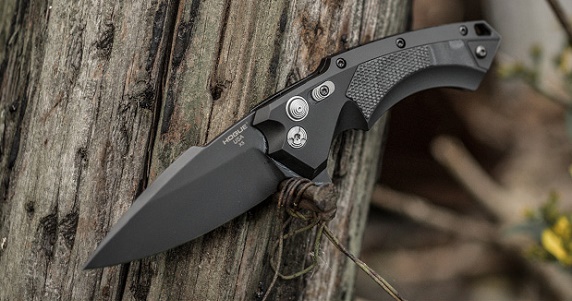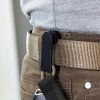Sports & Travel
How to Choose a Pocket Knife That Will Benefit You in Everyday Situations
Whether you’re getting ready for a camping trip or the apocalypse, a knife can be one of the most valuable tools to have in your possession. It’s one of the oldest tools ever made and it has served mankind in all kinds of scenarios. But you can’t just expect your kitchen knives to serve you for all kinds of purposes outside of your kitchen – you need special knives for special purposes, if you want to be successful in the tasks you are performing, that is. In other words, you need a pocket knife. Pocket knives can help you perform a wide range of survivalist tasks, such as splitting firewood, skinning, cutting rope, building a shelter, opening cans, and a wide range of other tasks.
That being said, when discussing pocket knives folding knives are the ones that come to mind. However, not all pocket knives are made the same, which is why you need to be careful when making a selection. There are a couple of important factors to consider when buying a pocket knife, such as the materials the blade is made of, the blade’s length as well as the thickness and the quality of the handle.

Blade Material
Pocket knives folding models will almost always have their blade made out of steel. However, there are many different types of steel, so it’s important that you get a knife that features a quality steel blade, like carbon or stainless steel. If you’re going to be using your knife on a regular basis, you’re better off with a low-maintenance steel blade. On the other hand, if you plan on using the knife less frequently but for more heavy-duty applications, carbon steel will probably be the better choice. However, carbon steel requires more maintenance, else it will rust and stain.
Blade Size
Blade size refers to the length and thickness of the blade. Generally, you want a blade that’s 12-22cm in length and 0.4-0.6mm in thickness. Bigger is not always better, especially when it comes to pocket knives, because if they have a large blade, then it means that they’ll need a larger handle, which makes them inconvenient to carry and use. Plus, you don’t want to carry more weight than necessary in survival situations. Additionally, thinner blades usually provide more cutting power with less effort.
Handle Quality
People oftentimes focus too much on the blade and neglect the handle. However, the handle is probably as important as the blade itself, simply because its the part that comes in contact with your hand, and needs to be ergonomic, tough and durable. Avoid cheap plastic handles, and go for a solid, synthetic one.
Writing for the blog since 2012, Chris simply loves the idea of providing people with useful info on business, technology, vehicles, industry, sports and travel – all subjects of his interest. Even though he sounds like quite the butch, he’d watch a chick flick occasionally if it makes the wife happy, and he’s a fan of skincare routines though you’d never have him admit that unless you compliment his impeccable skin complexion.























